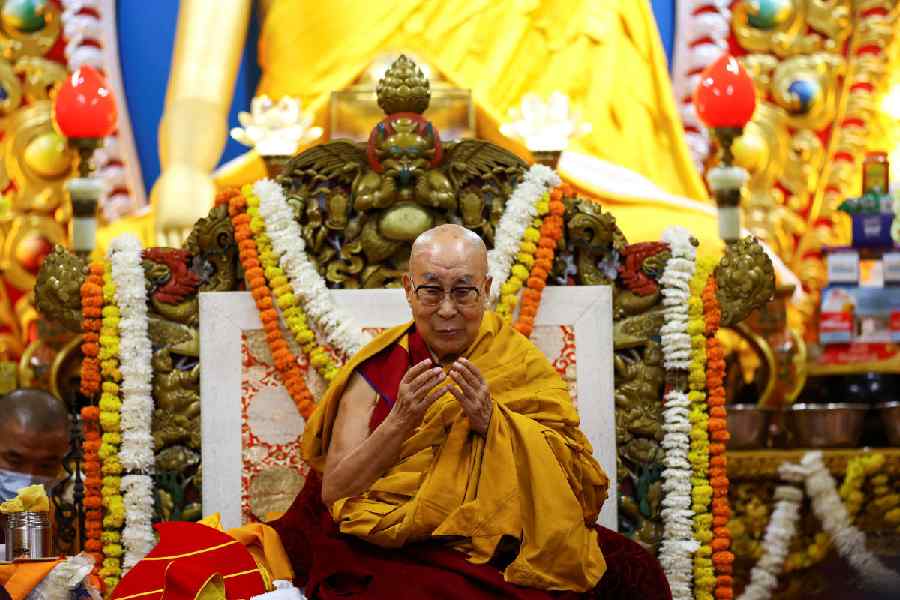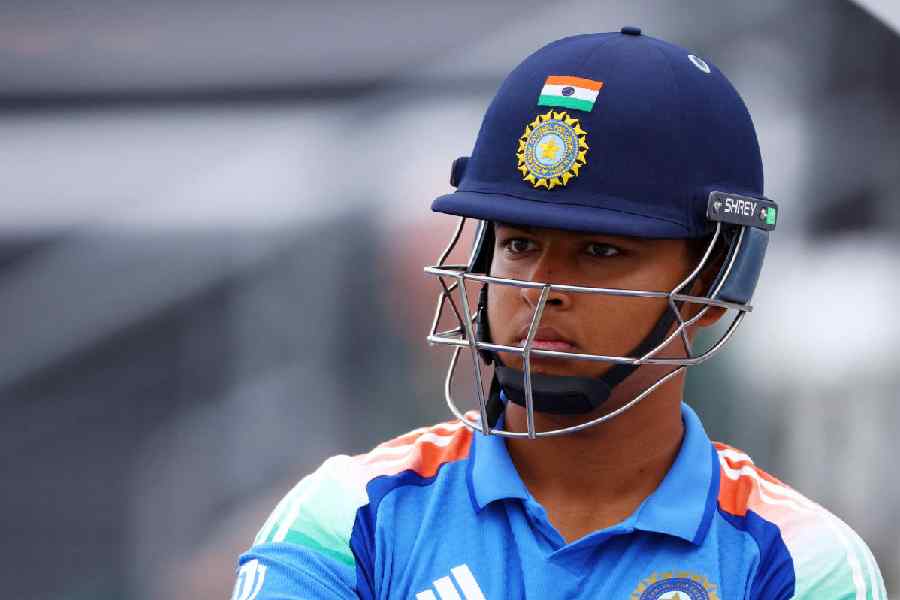 |
The year was 1966. When the legendary Sylvester daCunha was approached by the National Dairy Development Board, a cooperative network of dairies, little did he know that a simple rhyme of an idea would spread itself out to a Guinness record for the world’s longest-running outdoor ad campaign. And, perhaps, continues to be bred as the only campaign in the world where the theme and style remain unchanged for over 50 years. Back in those days, Amul’s main competitor was Polson — a much older and popular brand that held a monopoly over branded butter in India.
Sylvie was given this seemingly uninteresting task of having to come up with an advertisement for a brand of butter whose mouthful positioning statement read: ‘Processed from the purest milk under the most hygienic conditions by a dairy co-operative in Gujarat’. Before one could say ‘Amul’, it was his ‘butter half’ Nisha who suggested the tag line ‘Utterly Amul’, which he then smoothened and spread out to ‘Utterly Butterly Delicious’. The strength of this tagline is that it has penetrated almost every Indian urban household across socio-economic strata, for over half a century.
 |
 |
 |
 |
Though the real strength of the Amul campaign lies in the fact that it doesn’t sell the product directly, but places the brand inside the mind and the popular psyche and says what the Indian mind is thinking.
To my mind, the very source of the golden glow around Amul’s utterly successful campaign needs to be attributed to Dr Verghese Kurien who, undoubtedly, is among the few lighthouses that dot the Indian ad-scape.
 |
In Dr Kurien’s words, “I realise how wise a decision it was to give complete freedom to the ad agency to do their job in a professional way. I never interfered with their work and the result is before you. They have done an exemplary job.” Dr Kurien, who am I to maska-maaro you in this piece, but please take a bow.
Slice across to 2012, and five decades years later, the making of the campaign and its social connect have been documented in a new polka-dotted bright book, Amul’s India — which is essentially free-flowing and non-linear in its narrative, and has diverse viewpoints, topics and illustrated examples, all contributing to this iconic brand’s rich tapestry. Poignant vignettes creating a patchwork quilt of essays, snippets and trivia by prominent writers, celebrities and the subjects of the hoardings themselves.
Sylvie’s art director, Eustace Fernandes, originally illustrated what would turn out to be an enduring icon: a chubby little moppet (of about six or seven) dressed in a red and white polka-dotted frock and matching ribbon on her blue ponytail. In Amul’s India, Alyque Padamsee sees her as the Barbie of India. He feels, not bringing her into reality has made the little girl cute, sweet, naughty but never mean or evil, and that’s the reason she is so loved by all.
Incidentally, Amul’s first hoarding was ‘Give us this day our daily bread: with Amul Butter’. From the ’60s, the decades might have gone by in a blur, but the campaign has always retained a crisp freshness.
Every ad has been a sly comment or observation on some news event or concern of the day, be it a cricketing double century, Bollywood box-office hits, scandals surrounding politicians, to even controversial diplomatic policies. Such topical currency was not part of the original moppet idea and that’s exactly why the campaign has continued to be such a success — because it kept up with the times and wit and humour were integral ingredients. In Sylvie’s words, ‘The greatest thing about Eustace’s girl is the round face that can be adapted to be anybody. With Manmohan Singh, we can put a turban on her. It could be Indira Gandhi, with just a white streak. So it was a supremely adaptable creation.’
Amul’s India is a delectable idea that was waiting to be lapped up. Credit goes to the painstaking research — particularly collating and putting together archival creatives of the milestone hoardings that have dotted this wonderful brand’s journey. It is a celebration of enormous interest to any observer of contemporary India: a brand manager, a management student or, perhaps, even a die-hard fan of the brand’s catchy communication.
The book is a compilation of anecdotal contributions by many well-known personalities. The main essay is by Santosh Desai and some of its celebrated contributors include Amitabh Bachchan, Rajdeep Sardesai, Harsha Bhogle, Shobhaa De, Alyque Padamsee and the ubiquitous Sylvester DaCunha himself — with their spunky wit, inducing life to the topical illustrations that made us chuckle, laugh, wonder and remember ever-so-fondly, all these years.
Santosh Desai takes up the onerous task of recording the various socio-political milestones that shaped the trajectory of Amul’s billboards over each decade, and how they impacted the common psyche. In his words, as the national picture got gloomier in the ’70s, the hoardings sought out little islets of cheer and the tone, over the years, has become edgier with sharper barbs.
The rather vocal Shobhaa De, well-known to zig while the world zags, finds a feminist in the Amul girl who she believes is a creation of Nisha daCunha. She goes on to elucidate how Amul has mocked at men, celebrated female achievements (at best, brought them to the fore), and depicted the rapidly changing status of women. For Shobhaa, any woman who has made it to the ubiquitous Amul hoarding was saying something powerful about, well... being a woman.
In sum, Amul’s India is the travelogue of a little lovable girl’s journey, as she helped Amul Butter win over an entire nation. It is a toast to the spirit of India and, much like the pasteurised butter itself, requires to be spread across homes.
Fascinatingly, much like its original intent of giving poor farmers the best returns for their milk by eliminating middlemen, the profits from the sale of this book will be used to honour deserving students under the Amul Vidyashree and Amul Vidyabhushan Award schemes.
Please lay your hands on a copy of this reasonably priced, utterly wondrous book and go ahead and spread some lovely yellow sunshine in someone’s life.
 |
Rahul daCunha
— the man behind the Amul campaign — on the hows and whys of Amul’s India: Based On 50 Years of Amul Advertising
Given that this is India’s longest-running ad campaign, we wanted to do a book for a long time.
There were two key decisions that made the book what it is: one was to not make the book just a history of the ad campaign, but perceive it from various viewpoints like Mr (Amitabh) Bachchan’s point of view on how we have covered the milestones in his life, seeing it from Harsha Bhogle’s perspective on how we have covered sport or Santosh Desai’s opinion on how we have shown India.
The second was to not go for 1,000 or 2,000 copies of a coffee table book, but to come up with a mass seller. We wanted a book that everyone could afford to buy. And that has what has happened. The book is so reasonably priced (Rs 299) that people are buying it for their relatives… for their NRI friends who have been away from the country and haven’t been able to see the hoardings over the years.... It’s become a book that anybody can buy.
 |
I have two favourite sections in the book: the first where we have picked the best of Amul… the best of politics, of films, of scams…. We have selected 221 hoardings from about 5,000 shortlisted ones. And most of them have been chosen by those who have written the book. Like for the sports section, Harsha Bhogle picked the ones that he really liked.
The second bit that I liked was the writings… my dad’s (Sylvester daCunha, the brain behind the Amul campaign) because it reveals a part of Amul’s history that not many know of. I also like Rajdeep Sardesai’s piece which I think is very heartfelt.
The book has struck a chord because the Amul campaign has always been everyone’s campaign. Just the chance to see all the hoardings together in one place and the opportunity to go back to it time and again is what is making people buy it.
As told to Priyanka Roy
Which is your favourite ad campaign? Tell t2@abp.in











